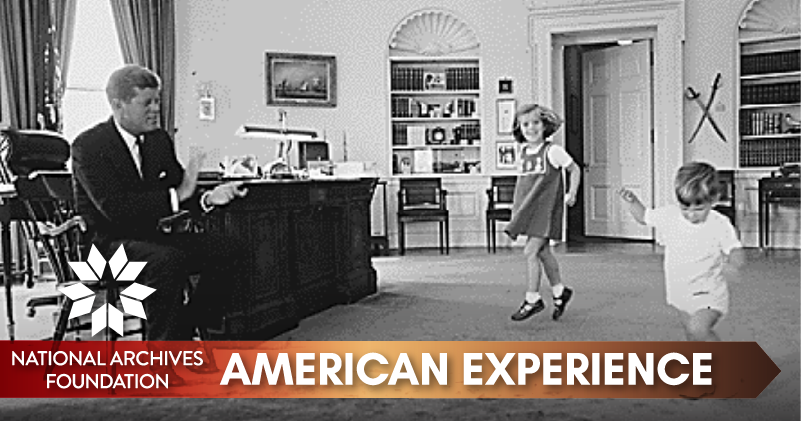Trailblazers in the Archives: Celebrating AANHPI Heritage

May is Asian American, Native Hawaiian, and Pacific Islander (AANHPI) Heritage Month, a moment to reflect on and honor the role these Americans have played in our national story.
From famed actor Anna May Wong and Olympian Duke Kahanamoku, to astronaut Ellison Onizuka and famous “Trekkie” George Takei, records found at the National Archives tell us more about the lives of AANHPI individuals who have made notable contributions to American film, sports, science, and more…
In this issue
Taking on Hollywood
Anna May Wong was born in Los Angeles, California in 1905. Deciding she would become an actress at age 11, Wong went on to star in several silent films, including one of the first films made in color: The Thief of Bagdad (1924).

Anna May Wong
National Archives Identifier: 213260166
The record below is a Certificate of Identity issued to Wong, who was reentering the United States after shooting a film abroad. Although Wong was a third-generation American, exclusionary laws meant that Chinese residents had to be certified as eligible for reentry into the United States. Wong’s fame did not exempt her from carrying one of these discriminatory certificates.

Duplicate Certificate of Identity — Anna May Wong
National Archives Identifier: 5720287
Despite her increasing fame, Wong experienced racial discrimination throughout her career. She reluctantly accepted stereotypical supporting roles in Hollywood and was refused leading roles, even those for Asian characters, because of her racial background. Now we remember and honor Anna May Wong for her artistic achievements across film, radio, theater, television, and more. She set the stage for many other Asian American artists to follow in her footsteps.
Setting a New Record
Duke Paoa Kahinu Mokoe Hulikohola Kahanamoku, known simply as Duke, was a Native Hawaiin Olympic gold medal swimmer who also popularized the sport of surfing. He was born in Honolulu in 1890 when Hawaii was still a sovereign kingdom.
In 1911, Kahanamoku broke several world records, including swimming the 100-yard freestyle race in 55.4 seconds, beating the record by 4.6 seconds. The Amateur Athletic Union did not recognize these achievements, claiming that incorrect clocks were used or that the ocean currents aided him. However, Kahanamoku easily qualified for the U.S. Olympic swimming team in 1912 and went on to win gold and silver medals at the 1912, 1920, and 1924 Olympics.
Kahanamoku is a member of the U.S. Olympic Hall of Fame and was the first person to be inducted into both the Swimming Hall of Fame and the Surfing Hall of Fame. He is considered the father of modern surfing.

Duke Kahanamoku and Johnny Weissmuller at Waikiki, August 1927
National Archives Identifier: 6121005
Out of This World
Born in 1946 in Kealakekua, Hawaii, a young Ellison Shoji Onizuka dreamed of going to space. After he was selected as one of 35 astronauts for NASA’s Space Shuttle Program, in 1985, Onizuka’s lifelong dream was realized and he became the first Asian American to reach space aboard the space shuttle Discovery–America’s first, manned military space flight.

STS-51C crew activities
National Archives Identifier: 22752637
Following this successful mission, Onizuka was selected for Challenger Flight 51-L along with six other crew members. On January 28, 1986, he was aboard the Challenger when it exploded shortly after liftoff, killing all aboard. Despite this tragedy, Onizuka’s legacy lives on with multiple space centers and two astronomical features named in his honor: an asteroid (called 3355 Onizuka) and a crater on the Moon (called Onizuka).
Trekking Ahead
Born in Los Angeles, California in 1937, George Takei is an American actor known for his role as Hikaru Kato Sulu, an astrophysicist and helmsman of the USS Enterprise in the Star Trek franchise. After beginning his career in Hollywood as a voice actor, Takei landed several supporting roles and appeared as Sulu in the original Star Trek series.
Takei is shown below visiting Goddard Space Flight Center in Greenbelt, Maryland to celebrate AANHPI Heritage Month in 2008.

George Takei (Star Trek – Sulu) Visit GSFC
National Archives Identifier: 18412279
In his earlier life, Takei and his parents were forcibly interned at the Rohwer War Relocation Center in Arkansas and the Tule Lake War Relocation Center in California, two internment camps for Japanese Amercians during World War II. These experiences made an impression on Takei, and he has received several awards for his work on human rights and Japan-United States relations, including the Distinguished Medal of Honor for Lifetime Achievement and Public Service from the Japanese American National Museum.
These individuals are just a few of the many AANHPI Americans who have left their mark on our American story.
Did we leave anyone out?
Share with us below an AANHPI figure who inspires you and we may feature them on social media or in a future newsletter!




